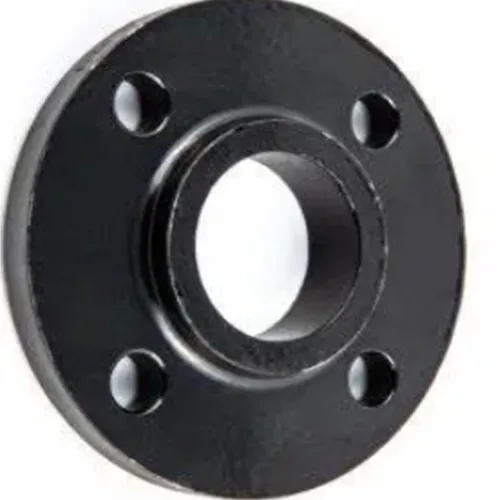-
Cangzhou Yulong Steel Co., Ltd.
-
Phone:
+86 13303177267 -
Email:
admin@ylsteelfittings.com
- English
- Arabic
- Italian
- Spanish
- Portuguese
- German
- kazakh
- Persian
- Greek
- French
- Russian
- Polish
- Thai
- Indonesian
- Vietnamese
- Zulu
- Korean
- Uzbek
- Hindi
- Serbian
- Malay
- Ukrainian
- Gujarati
- Haitian Creole
- hausa
- hawaiian
- Hebrew
- Miao
- Hungarian
- Icelandic
- igbo
- irish
- Japanese
- Javanese
- Kannada
- Khmer
- Rwandese
- Afrikaans
- Albanian
- Amharic
- Armenian
- Azerbaijani
- Basque
- Belarusian
- Bengali
- Bosnian
- Bulgarian
- Catalan
- Cebuano
- China
- China (Taiwan)
- Corsican
- Croatian
- Czech
- Danish
- Esperanto
- Estonian
- Finnish
- Frisian
- Galician
- Georgian
- Kurdish
- Kyrgyz
- Lao
- Latin
- Latvian
- Lithuanian
- Luxembourgish
- Macedonian
- Malgashi
- Malayalam
- Maltese
- Maori
- Marathi
- Mongolian
- Myanmar
- Nepali
- Norwegian
- Norwegian
- Occitan
- Pashto
- Dutch
- Punjabi
- Romanian
- Samoan
- Scottish Gaelic
- Sesotho
- Shona
- Sindhi
- Sinhala
- Slovak
- Slovenian
- Somali
- Sundanese
- Swahili
- Swedish
- Tagalog
- Tajik
- Tamil
- Tatar
- Telugu
- Turkish
- Turkmen
- Urdu
- Uighur
- Welsh
- Bantu
- Yiddish
- Yoruba

Dec . 07, 2024 00:19 Back to list
industrial pipe welding
The Importance of Industrial Pipe Welding in Modern Manufacturing
In the realm of manufacturing and construction, industrial pipe welding stands as a cornerstone process. It involves the joining of two or more pipes or tube sections using various welding techniques, creating a strong and leak-proof system essential for numerous applications. The significance of industrial pipe welding extends beyond mere construction; it is vital in ensuring the safety, efficiency, and durability of systems used across various industries, including oil and gas, pharmaceuticals, power generation, and more.
Techniques of Pipe Welding
Several techniques dominate the pipe welding landscape, each suited for specific applications. Among the most common methods are
1. TIG Welding (Tungsten Inert Gas) Known for its precision, TIG welding uses a non-consumable tungsten electrode to produce the weld. It is particularly beneficial for welding thin materials and in situations requiring high aesthetic quality and less thermal distortion.
2. MIG Welding (Metal Inert Gas) MIG welding employs a continuous solid wire electrode heated and fed through the welding gun. It is favored for its speed and versatility, making it ideal for larger pipeline projects.
3. Stick Welding (Shielded Metal Arc Welding) Simple and effective, stick welding utilizes a consumable electrode coated in flux to generate a weld. It is popular in outdoor applications due to its ability to perform well in less-than-ideal conditions.
4. Submerged Arc Welding This method involves the formation of an arc between a covered electrode and the workpiece, with a granular flux covering the weld pool. It offers the advantages of deep penetration and excellent weld quality, making it suitable for heavy-duty applications.
industrial pipe welding

Safety Considerations
Safety is a paramount concern in industrial pipe welding. Welders are exposed to various hazards, including intense heat, harmful fumes, and the risk of electrocution. Proper safety measures, such as the use of personal protective equipment (PPE) including helmets, gloves, and protective clothing, are essential. Moreover, it is crucial to maintain a clean work environment and ensure good ventilation to mitigate the inhalation of hazardous fumes.
Applications and Industries
The applications of industrial pipe welding are extensive. In the oil and gas industry, welded pipelines are essential for transporting crude oil, natural gas, and other fluids safely and efficiently over long distances. The pharmaceutical industry relies on welded piping systems to ensure sterile conditions and prevent contamination. In power generation, robust welding techniques are used to assemble high-pressure steam lines, which are critical for turbine operations.
The Future of Pipe Welding
As technology advances, the field of pipe welding continues to evolve. Automation and robotics are increasingly becoming a part of welding processes, enhancing precision and efficiency while reducing human error. Advanced materials and welding techniques, such as laser welding, are also being developed to meet the demands of modern manufacturing challenges.
Conclusion
In summary, industrial pipe welding plays a vital role in modern manufacturing and construction. Its importance cannot be overstated, as it not only provides the structural integrity needed for various systems but also ensures safety and efficiency across industries. As technology progresses, the future of pipe welding looks promising, with innovations that will further enhance its capabilities and applications, making it an essential skill in the evolving landscape of industrial manufacturing.
Latest news
-
ANSI 150P SS304 SO FLANGE
NewsFeb.14,2025
-
ASTM A333GR6 STEEL PIPE
NewsJan.20,2025
-
ANSI B16.5 WELDING NECK FLANGE
NewsJan.15,2026
-
ANSI B16.5 SLIP-ON FLANGE
NewsApr.19,2024
-
SABS 1123 FLANGE
NewsJan.15,2025
-
DIN86044 PLATE FLANGE
NewsApr.19,2024
-
DIN2527 BLIND FLANGE
NewsApr.12,2024
-
JIS B2311 Butt-Welding Fittings LR/SR 45°/90° /180°Seamless/Weld
NewsApr.23,2024











